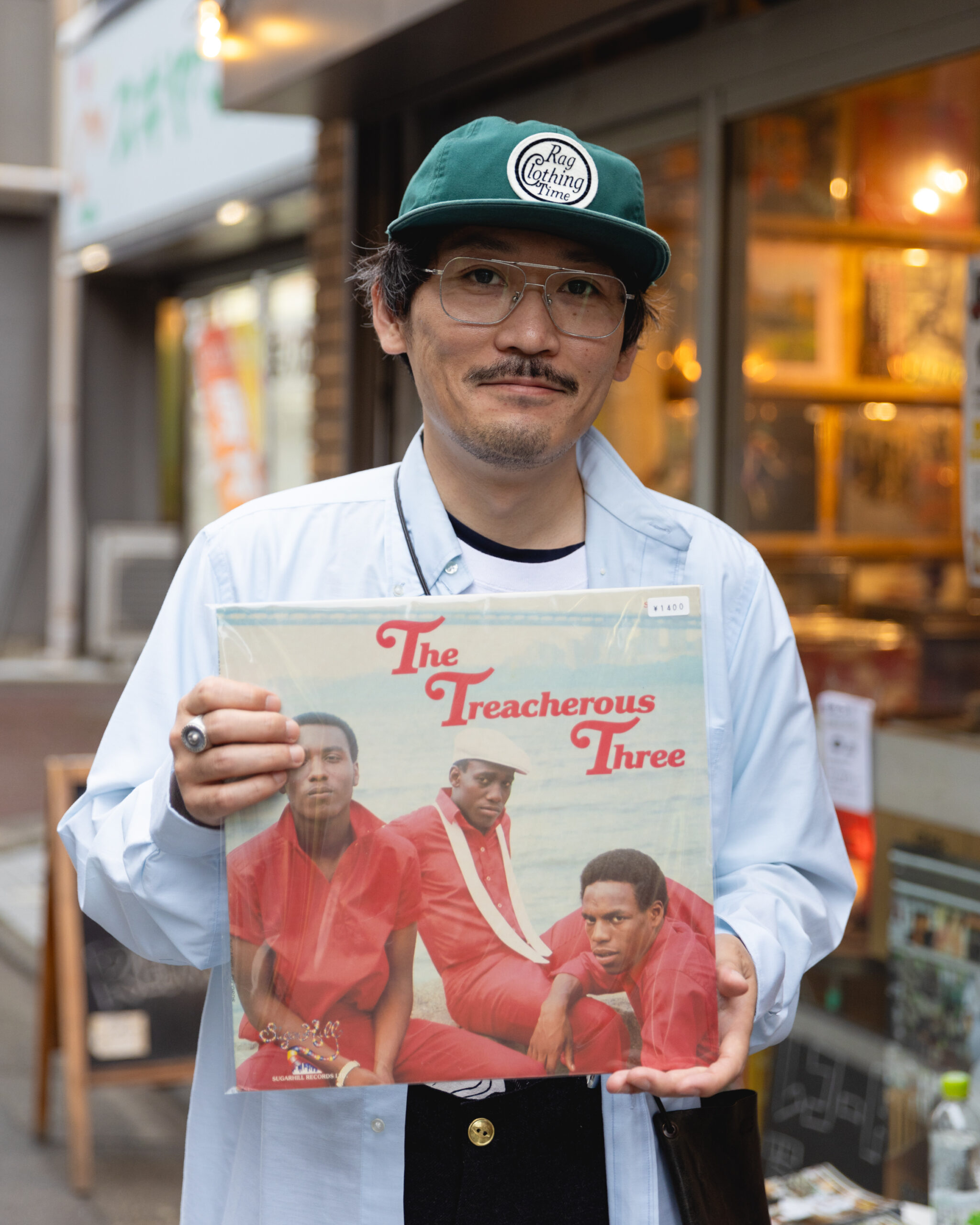Going out on a limb here.
The Japanese concept that Steve Jobs was so interested in is called “Kaizen” – “continual improvement” that emphasizes small, incremental changes that lead to better efficiency, higher quality, better performance while forging a culture of collaborative team effort.
Then there is a lesser known word, ”Kairyo Bunka” 改良文化 – “the culture of improvement” that encapsulates the notion continually refining and enhancing aspects of culture, technology, and everyday life while incorporating and improving upon external influences, often surpassing the originals,
Finally you often encounter this concept of “Parallel Imports” here, though not unique to Japan: legally purchased, genuine non-counterfeit goods (often even made in Japan itself but intended for other markets) that are re-imported back into Japan without the permission of the producer, bypassing authorized distributors and resold often at discounted prices. I bring this up because contained within it is a cunningness that I feel the Japanese are generally too honest to pursue. A little meta here, but it’s the very circumnavigated Japanese value and the attitude of rule-bending, that the Japanese are so unknown for, that I feel is what is ACTUALLY being imported from the more morally-corrupt borders beyond, haha.
I often think about these three notions when I encounter “perfected” imported culture in Japan, whether it be, for example, denim, coffee, pizza, bikes, or any number of hipster preoccupations. Take skateboarding and skateboarding culture for example. Not always, but skaters often live by a punk ethos, which is to say, attitudes of anti-authoritarian, individual freedom, and DIY, but they also have this word “poser” meaning of course “talking the talk”, but not actually being able to “walk the walk,” making them ironically conservative in a way. In the States (ok, maybe 20 years ago), you wouldn’t be caught dead in a pair of skate shoes if you couldn’t do a kickflip, much less didn’t actually own a skateboard for fear of being called a poser. However in Japan where “posing” is less about authenticity and more about interest, commitment, dedication (and improvement over time), people are not only more free to “pose” without judgment, but give them 20 years and they win the gold medal in skateboarding the year it debuts as an Olympic sport on their own turf.
A recent article I read put it perfectly:
“It’s easy to dismiss Japanese re-creations of foreign cultures as faddish and derivative—just other versions of the way that, for example, the new American hipster ideal of Brooklyn is clumsily copied everywhere from Paris to Bangkok. But the best examples of Japanese Americana don’t just replicate our culture. They strike out, on their own, into levels of appreciation and refinement rarely found in America. They give us an opportunity to consider our culture as refracted through a foreign and clarifying prism.”
This was exactly what was on my mind the day I photographed TRSD repeater, Tanno san, who casually and effortlessly dug out and scored the record (probably overjoyed inside) that three other Americans who shopped alongside him completely overlooked, the crucially influential Treacherous Three self-titled debut from 1984, a historical artifact of great importance that inspired everybody from LL Cool J to Eminem.
Rather than wax meanderingly on Treacherous Three and the obviousness of why this record would appeal to Tanno, who is an appreciator of all genres of music, let me hand it over to him who shared this:
“I was in high school when I first heard about The Treacherous Three. I used to buy and enjoy a lot of re-releases on Sugarhill Records and The Treacherous Three was among those early purchases. I especially liked their song “The Body Rock” and bought it [back in the day] with the original jacket. I also bought this album this time because it had the original jacket. The movie WILD STYLE first got me interested in old skool hip hop.”
…I wish I could say I’ve seen the movie WILD STYLE, but here is that culture of “mine” as “refracted through a foreign and clarifying prism.”
The next thing to note is Tanno’s ABUNDANT style. The guy was so subtly dressed to the hilt, and refined with such appreciation and sense that I about shorted a circuit. When I chatted him up later about his digs, he came back with this:
“The hat is a brand called BELAFONTE – I am not sure if the designer likes Harry Belafonte.
The glasses are by a brand called OG x OLIVER GOLD SMITH – I wear it because I think its classic shape is interesting.
The shirt is an old BROOKS BROTHERS shirt.
The t-shirt is a woodblock print by Vallotton (Swiss and French painter and printmaker associated with Les Nabis) – I like Vallotton and have three more shirts with his prints.
The pants are by “I am dork” – I love them!The shoes are by Last Resort AB – I bought them because they look like Vans, which I usually wear.”
Jeez, now this is what you call “doing it right” – clearly improved, no doubt in a “Kaizen” kind of way, refined accented touches that pull from abroad with some “Kairyo Bunka,” a classically slacker (read: “anything but”) ensemble that might be considered imported subversively parallel. Call his ensemble “Brooklyn Hipster” if you wanna sound a fool. Call it what it is: perfected. THIS is Tokyo Style, dare I say, Tokyo Record Style.
Tanno thanks for making us look like a bunch of schlubs! (…and what about the suspenders! What about the jewelry! The accents! …alas, for the next record/photo encounter!) Enjoy that Treacherous Three Record and thank you for reminding us to dig a little deeper.
More Tokyo Record Style on the way!
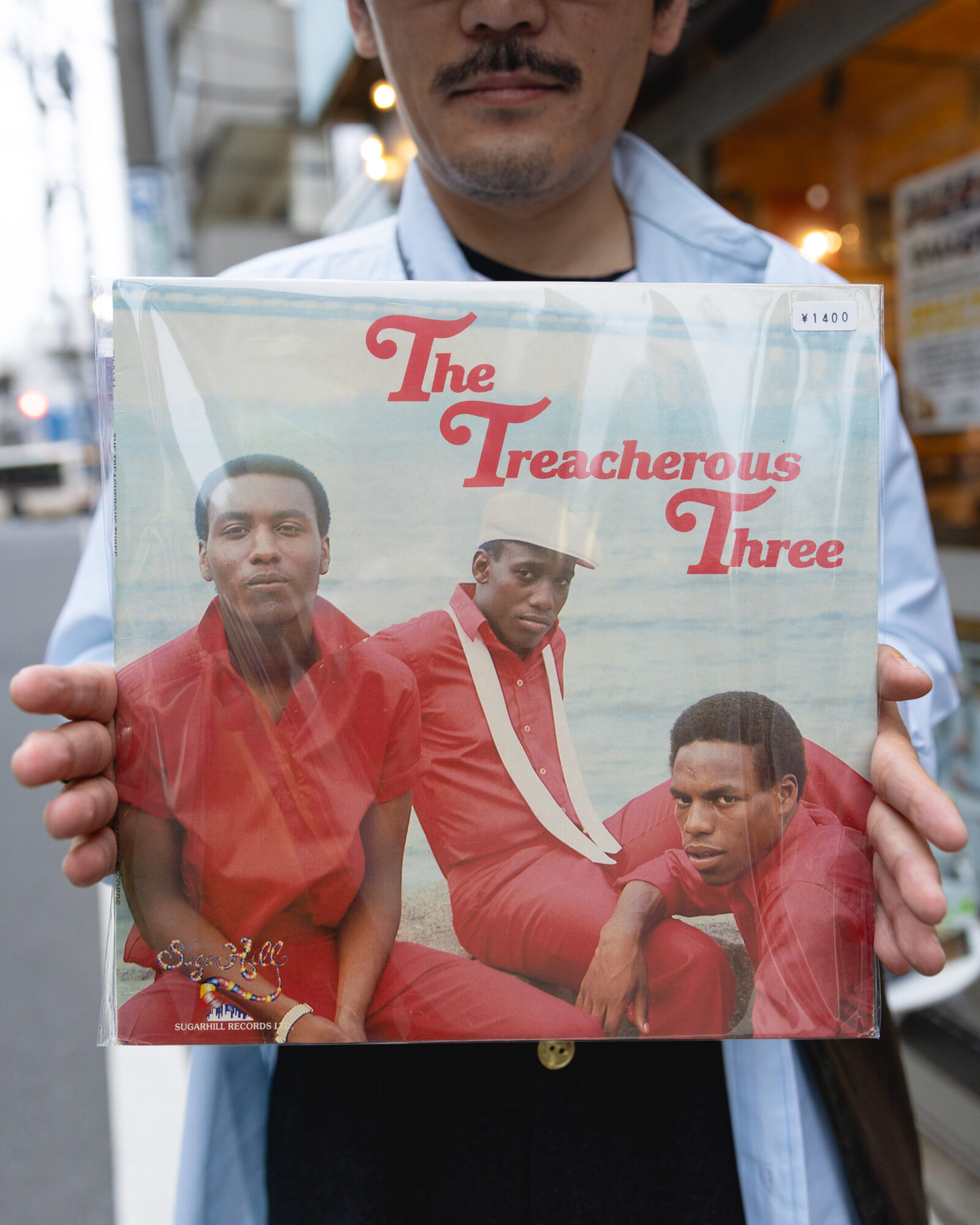
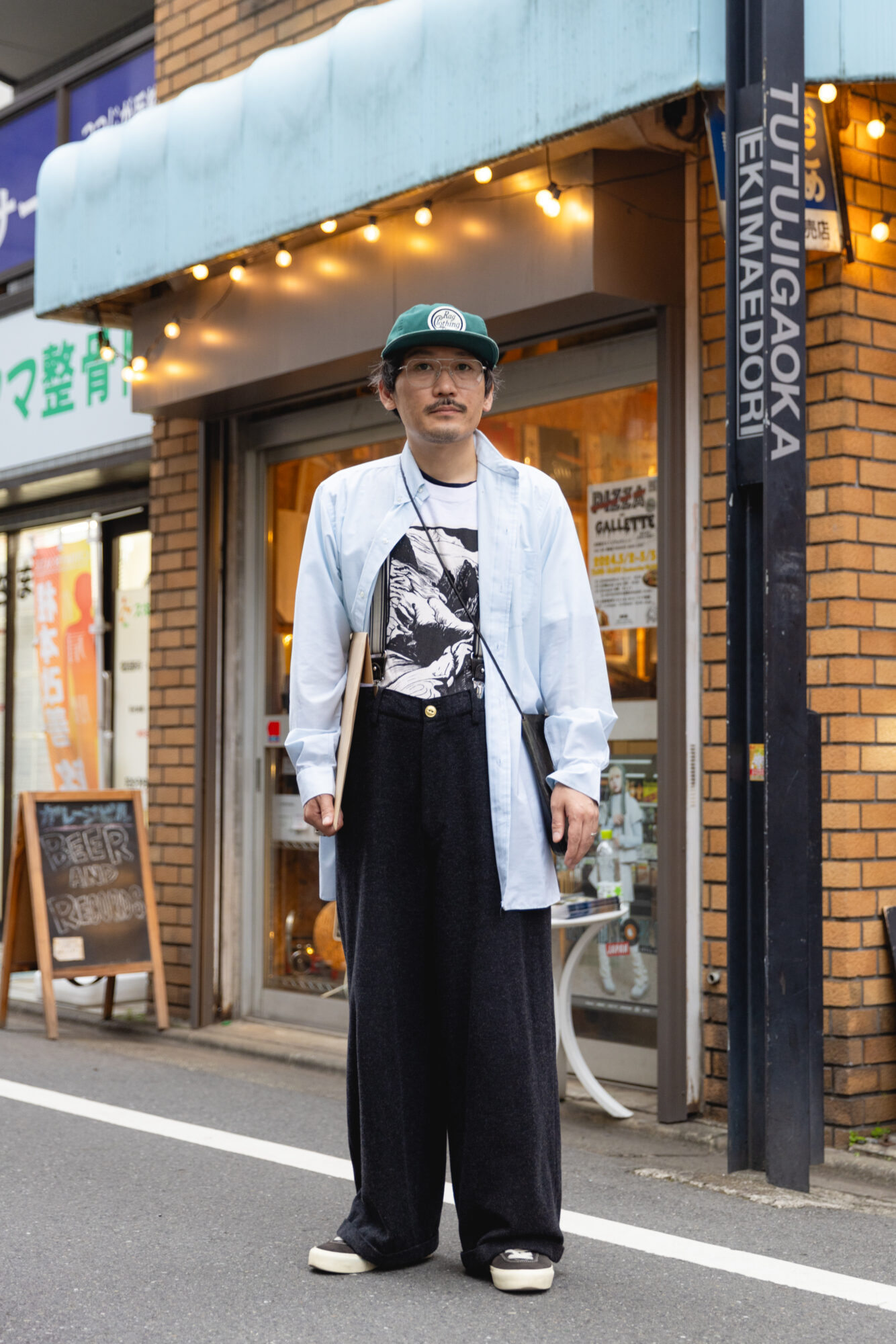
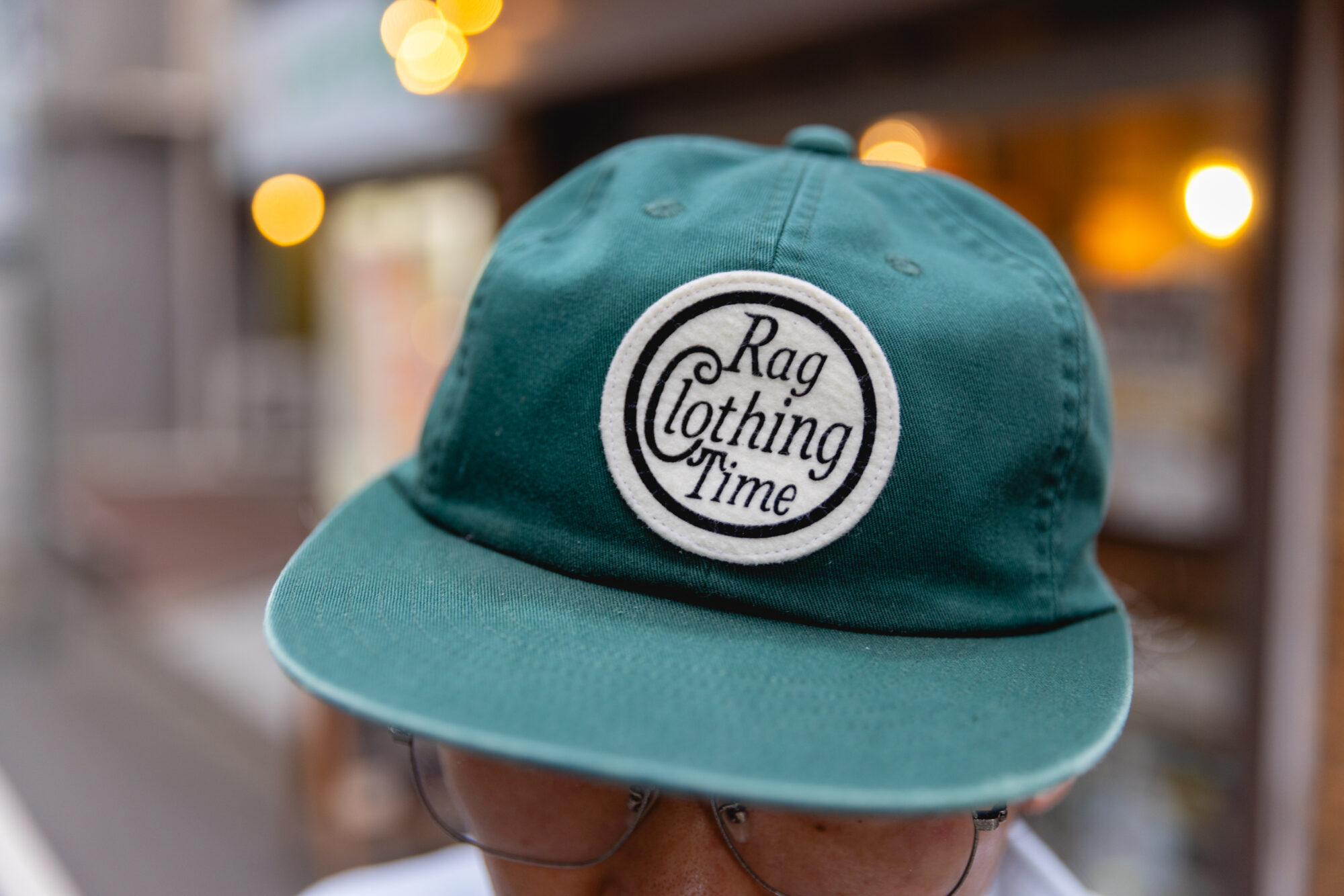
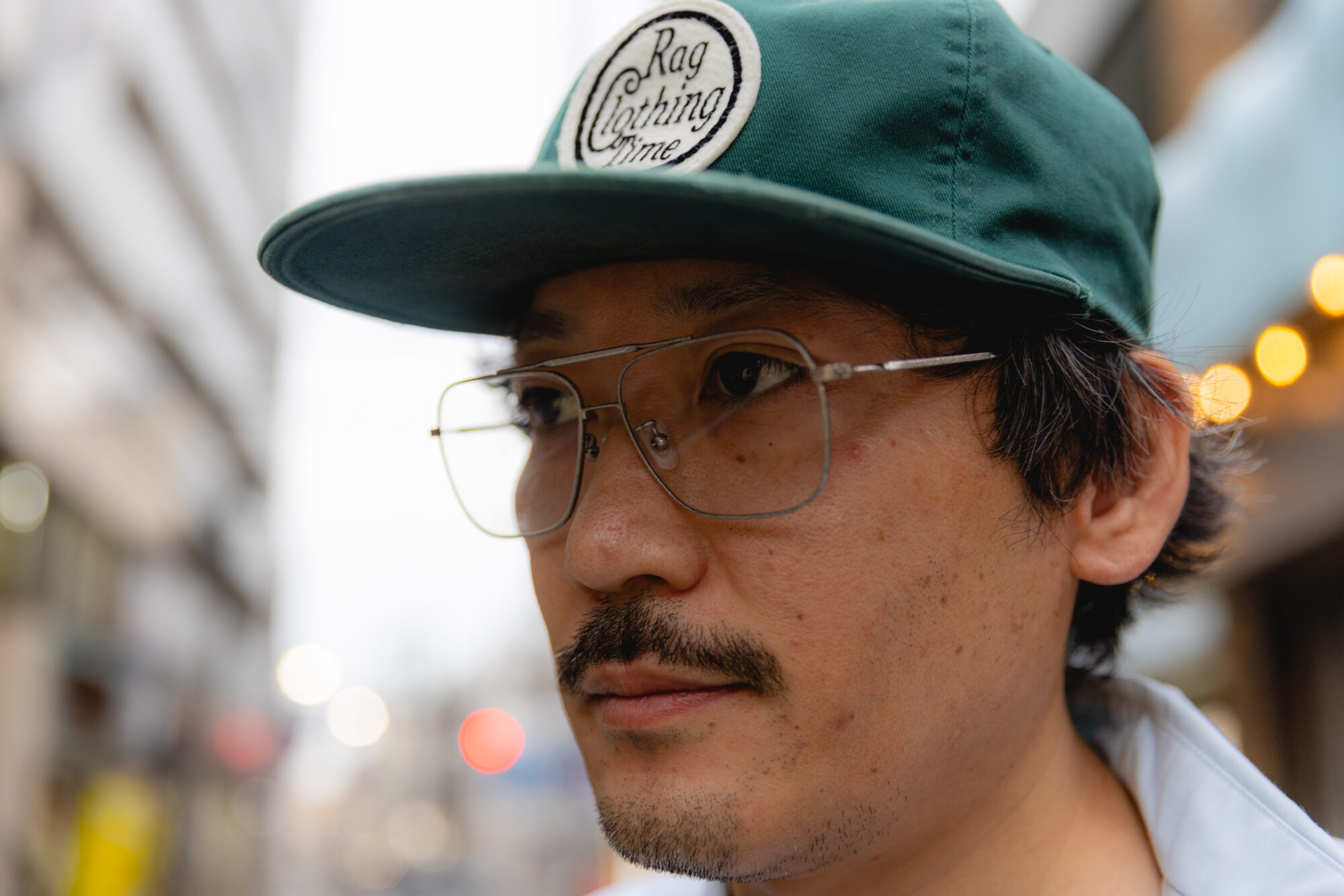
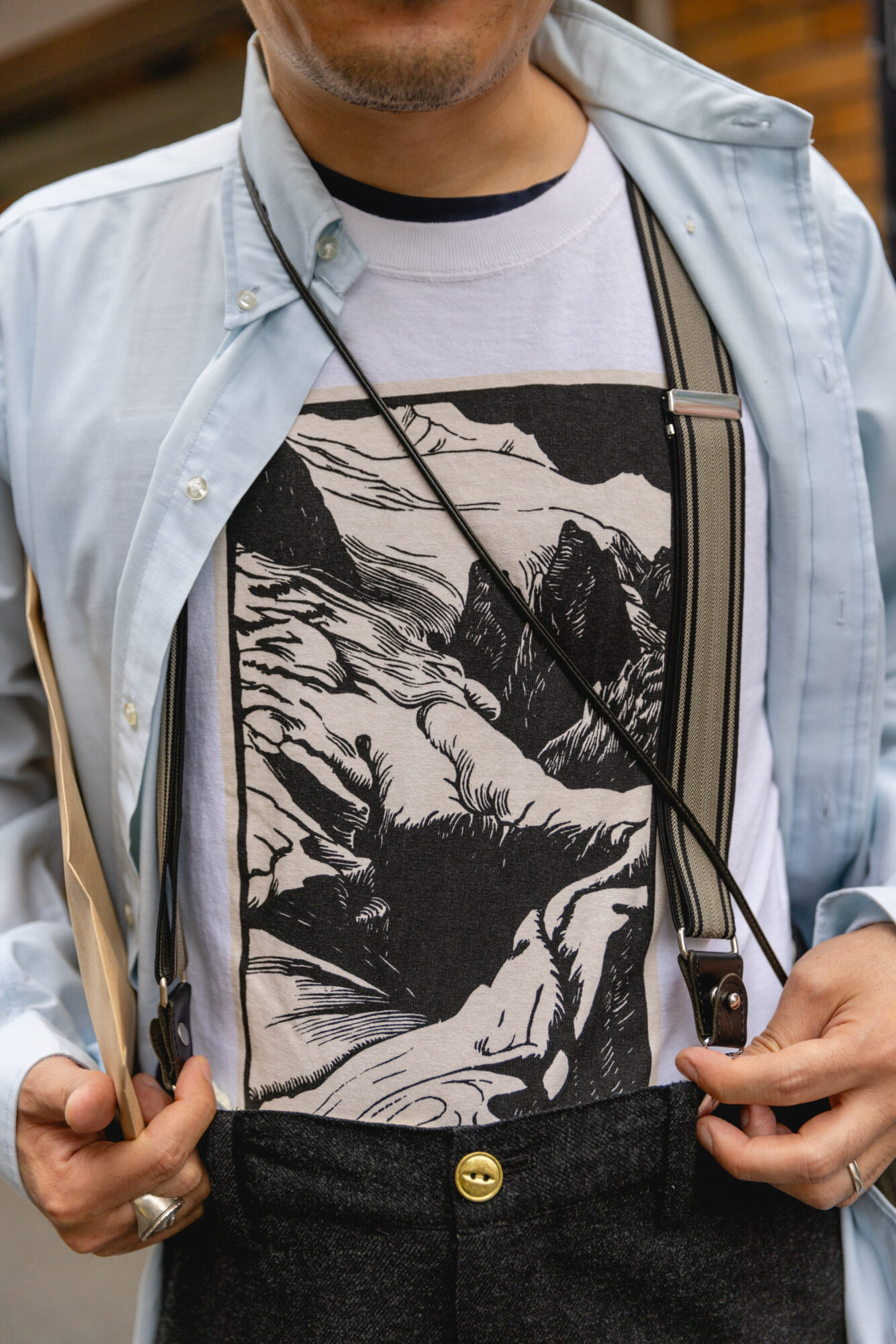
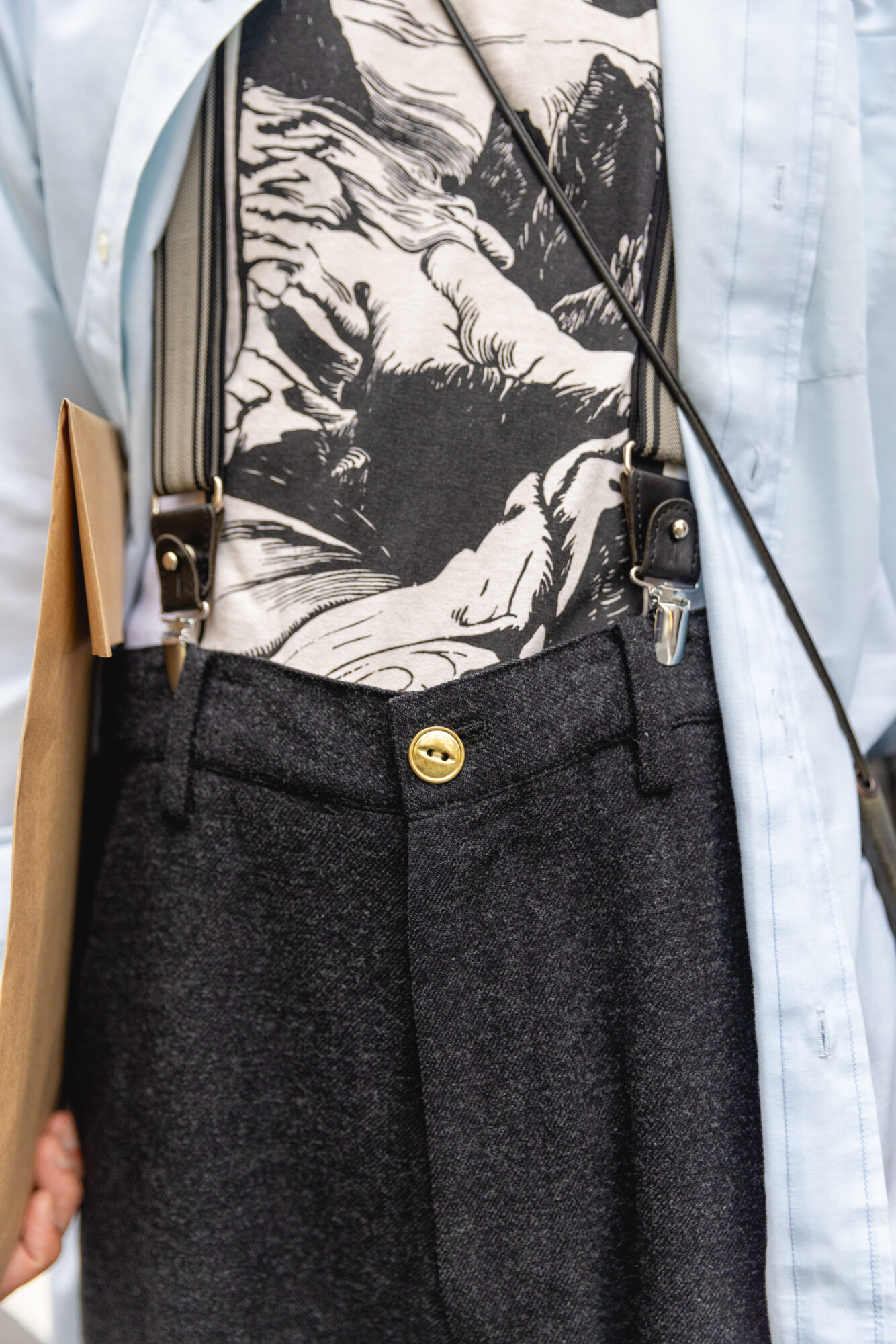
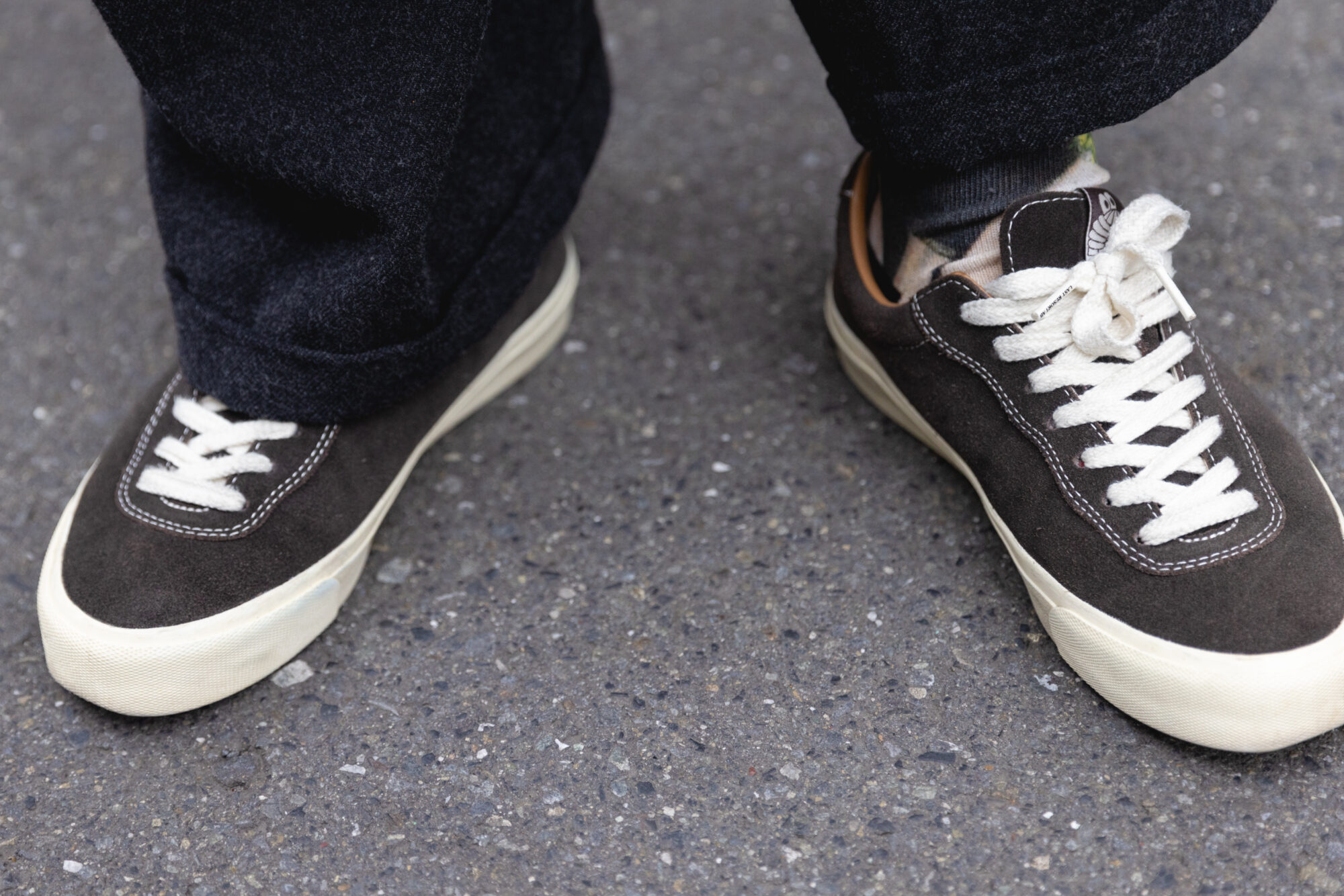
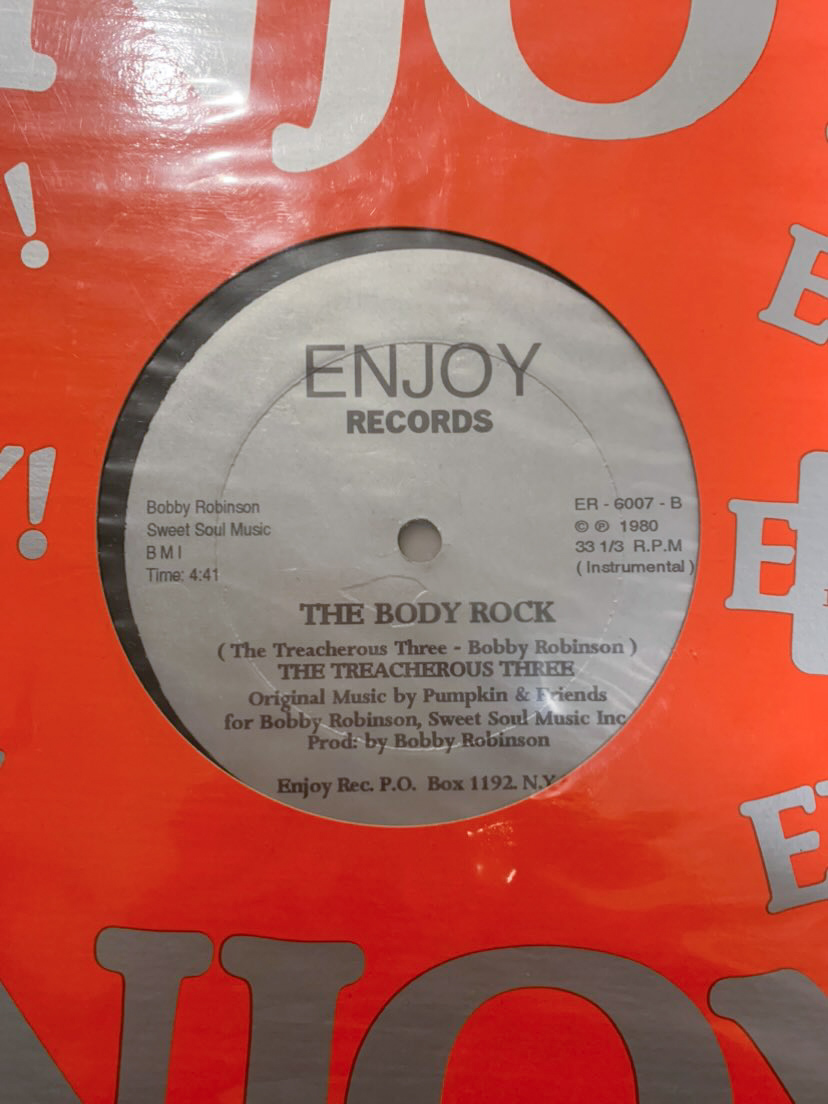
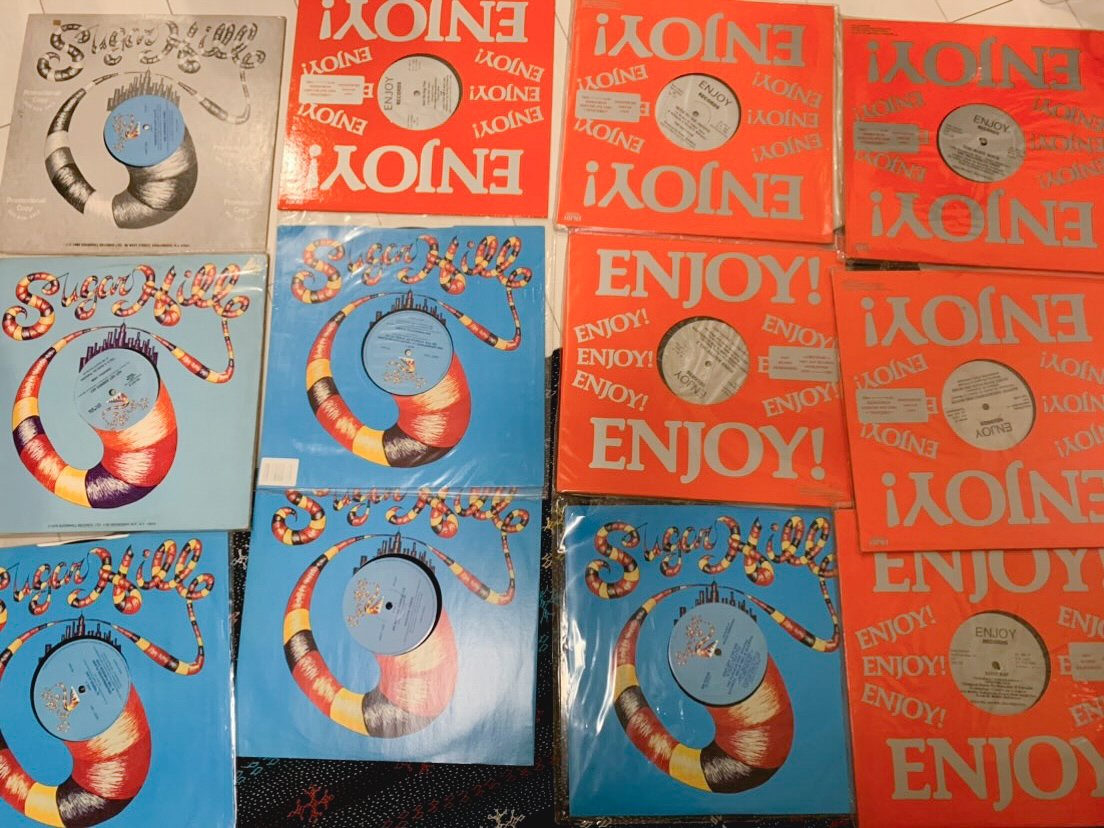
Treacherous Three – The Treacherous Three
Label: Sugar Hill Records – SH 9124
Format: Vinyl, LP, Album
Country: US
Released: 1984
Genre: Hip Hop
https://www.discogs.com/release/518467-Treacherous-Three-The-Treacherous-Three
Try Best Offer Score
On Instagram
